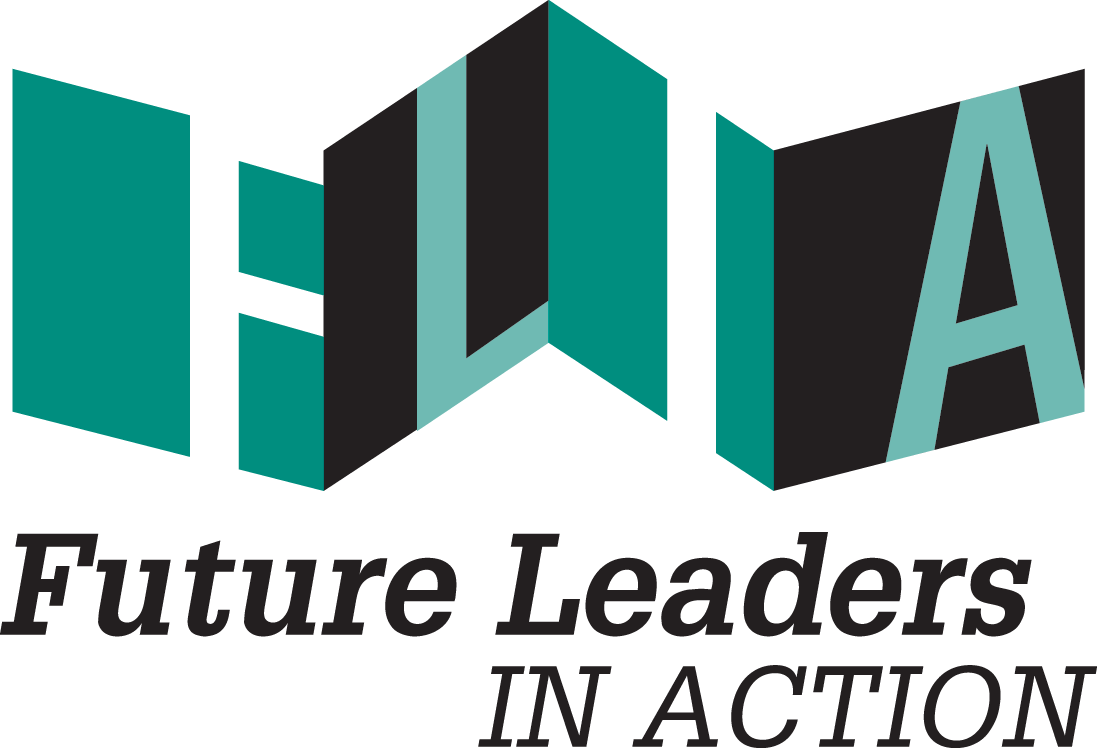Admissions offices and institutions with performative equity missions claim that it is who you are that matters, not where you come from. When select groups of students are left out of the equity equation, however, this idea begins to fall apart.
Growing up, I was told that hard work was the key to success, and that where I come from would not define my future. While this mantra resonated deeply with me, the reality I faced was far more complex.
I am caught between the worlds of office hours and working three jobs, and I am a first-hand witness to the disparities in academics. The private high school I recently graduated from has an average SAT score of 1420, a 7:1 student-teacher ratio, and popular college matriculations at Brown University, Duke University, Princeton University, and the University of Pennsylvania, to name a few. My local high school, a three-minute drive from my house, reports an average SAT score of 1060, with 36% of the student population proficient in reading by state standards and 8% proficient in math. My high school’s tuition measured at $47,336 a year, a nearly $200,000 bill for four years of education. My local high school is free of charge.
Growing up, I was told that hard work was the key to success, and that where I come from would not define my future. While this mantra resonated deeply with me, the reality I faced was far more complex.
A Success Story?
As I reflect on where I am today, I believe my journey sheds light on the education system’s inequity.
Before my time with Navigate the Maze to Achievement (NTMA), I had the privilege of participating in a similar program called NJSEEDS, which assisted me in applying to private high schools and improving my educational trajectory. During middle school, I attended Saturday classes, participated in mock interviews, completed standardized test prep, and spent two summers in a boarding school program for high school curriculum preparation.
This sacrifice culminated in an elite private high school acceptance. However, upon enrollment, I was placed into the lowest-level classes and lagged behind my peers significantly. Of all my friends, I was the only one on financial aid, let alone a full ride. Out of the hundreds of students in the high school, I was one of six Hispanic students. I know because I counted.
Even with seemingly all the preparation necessary, SEEDS' help could not begin to substitute the academic preparation of someone who has attended elite schools for life. At my high school, I was taught how to learn for the sake of learning, not just for passing the next exam. Grateful as I am looking back, I can’t help but ask why my elementary and middle school couldn’t do that?
The disparities in resources, opportunities, and support between schools serving different communities are deeply rooted in historical and structural issues that continue to perpetuate the cycle of disadvantage for certain student demographics.
The answer is obvious upon further inspection: systemic educational inequality. The disparities in resources, opportunities, and support between schools serving different communities are deeply rooted in historical and structural issues that continue to perpetuate the cycle of disadvantage for certain student demographics. That is, students of color, especially black and latino students, and low-income students as a whole.
Careers, Candidates, and Capital
But why does prestige matter? You can graduate from any school and have a fulfilling and financially stable career. That is of course the narrative we all comfort ourselves with.
While companies claim to hire based on a candidate’s qualifications, post-graduation, employees take signals of socioeconomic status and university prestige into account more than other facets of an application. A firm partner explains that “95 percent of our intake is from the top-five business schools . . . There may be really good candidates out there, but it’s not worth the investment on our part to spend a lot of resources looking for them when we have a very good pool that’s easy to reach” (Rivera 2016). The best business schools, medical schools, and law firms alike come with big price tags that are often out of reach for low-income students. They put themselves through the pipeline to reach those opportunities. Students recognize that their chance to "make it out" is attending these elite institutions, and yet the price tag and social isolation create a dangerous system where these students must go into debt, face discrimination, and even lose their sense of identity for a chance at a better life.
Looking Forward
Education is the key to breaking the cycle of poverty and opening doors. As someone who has personally experienced the transformative power of education, I am committed to doing my part in leveling the playing field.
Through my leadership journey, I have learned that advocating for policies that promote equal access to quality education, investing in schools in underserved communities, and providing support systems that nurture every child’s potential is only the beginning of amending this concern. Once a student has access to a better education, what happens next? How do they balance assimilation with preserving their culture? How do they advocate for themselves in spaces they feel they don’t belong?
Sources:
“College Selections for the Class of 2022.” The Pingry School, 9 June 2022, www.pingry.org/hp/news-page/news-pop-up-page/~board/migrated-news/post/college-selections-for-the-class-of-2022.
“Explore Rahway High School.” Niche, 28 May 2023, www.niche.com/k12/rahway-high-school-rahway-nj/.
“Explore the Pingry School.” Niche, 24 May 2023, www.niche.com/k12/the-pingry-school-basking-ridge-nj/.
Rivera, Lauren A. Pedigree: How Elite Students Get Elite Jobs. Princeton University Press, 2016


